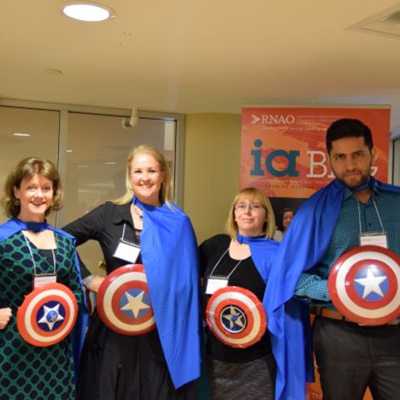Collective identity
Index
In the context of evidence uptake and sustainability, a key characteristic of a social movement is a collective or shared identity amongst those engaged in the change.
In this section, you will learn the three components of collective identity: cognitive boundary, social ties and emotional investment. You will also learn how to build and foster a collective identity.

What is this element?
Collective identity – a term coined by sociologist and psychologist Alberto Melucci – is formed through a dynamic evolving process in which people commit to a shared cause and then create a group that reflects their collective values, beliefs, and goals (Grinspun, 2018a).
Once formed, the collective identity acts as the outward appearance and the focus of the social movement so that those within and outside of the social movement can recognize it and its priorities (Grinspun, 2018a).
Forming a collective identity is not an isolated act. It is shaped by the local context and environment in which the social movement occurs, including an awareness of opportunities and constraints (Flesher Fominaya, 2010).
Collective identity is expressed through cultural materials or artifacts such as names, symbols, narrative styles, practices and rituals (Flesher Fominaya, 2010; Grinspun, 2018; Serna-Restrepo et al., 2018). It can also be seen in items such as props, clothing, pins, imagery, logos or a mascot (Grinspun, 2018; Herechuk et al., 2010; Serna-Restrepo et al., 2018). These materials can promote a sense of pride of membership, group participation and public visibility or presence (Casas-Cortés et al., 2008; Polletta and Jasper, 2001).
Why is this element important?
As the precursor to the evolution of a social movement, collective identity is critical. It involves intrinsically-motivated individuals coming together, determining their shared purpose and goals and taking time to celebrate one another and their shared identity (Peterson et al., 1989; Grinspun, 2018; Grinspun et al., 2018a).
Collective identity is needed to support:
- forming the social movement. A defining feature of a social movement is the sense of connection, shared focus and understanding among its supporters (Boyd et al., 2013; Carson-Stevens et al., 2013).
- continuing momentum to support the movement. When individual identities are merged with a social movement, people are more likely to remain committed and engaged. Collective identity fosters contact, interaction, socialization, shared understandings, belongingness and community. Those who stay in social movements do so because their shared cause remains personally important, and the social ties and relationships they have formed are meaningful (Bate et al., 2004a; Bibby et al., 2009; McAdam, 1986).
- reaching and sustaining a critical mass. When a collective identity is formed, individuals, groups and organizations whose values and actions align are more likely to join the social movement. In cases where connected networks of individuals, groups and organizations join, membership can expand and diversify rapidly (Carson-Stevens et al., 2013).
SOURCES: Bate et al. 2004a; Carson-Stevens et al., 2013; Flesher Fominaya, 2010; Grinspun, 2011; Grinspun, 2017b; Grinspun, 2018; Lippman et al., 2013; Lippman et al., 2016; Melucci, 1989 as cited by Grinspun, 2018; Peterson et al., 1989; Poletta and Jasper, 2001.
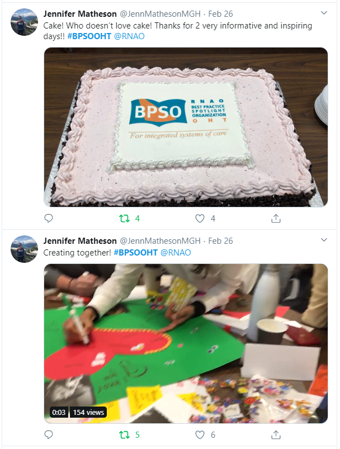
SOURCE: Jennifer Matheson on Twitter: "Cake! Who doesn’t love cake! Thanks for 2 very informative and inspiring days!! #BPSOOHT @RNAO https://t.co/6chHeSKOL4" / Twitter
Case studies
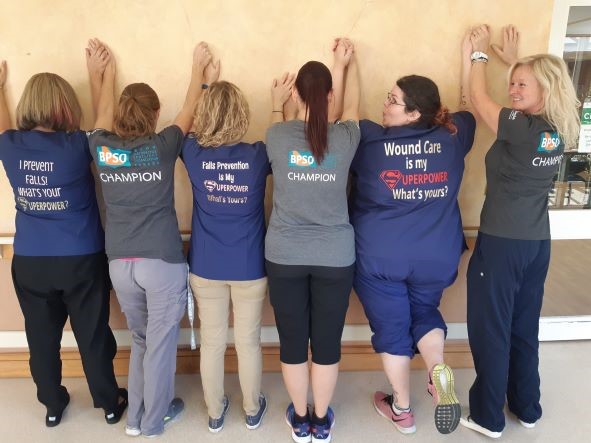
Building a global collective identity to advance knowledge uptake and sustainability - the RNAO Best Practice Spotlight Organization (BPSO) Program
|
The Best Practice Spotlight Organization® (BPSO®) Program (https://rnao.ca/bpg/bpso) has global reach and impact that is sustained by many factors, including the development of collective identity that promotes an evidence-based culture. The BPSO logo, as a tangible representation of a collective identity, is displayed in individual sites to indicate they are BPSO units. This visibility motivates and inspires nurses and other staff to use best practice guidelines (BPG) to support the health and well-being of staff, patients/persons and their families. Participation and membership in the international BPSO network further the ties and pride of BPSO and builds the collective identity (Grinspun & Bajnok, 2018).
Within organizations, individual BPSOs nurture Best Practice (BP) Champions (https://rnao.ca/bpg/get-involved/champions) who take on leadership roles to support the planning, implementation, evaluation and sustainability of BPGs. Nurses and other staff members develop a collective identity based on a culture of integrating evidence-based practice to achieve excellence in care. The visibility of BP Champions is seen when staff where BPSO-branded clothing items, and pins that are awarded at the completion of the Best Practice Champions’ training workshop (see the examples below of social media posts of BPSO-branded t-shirts and a pinning ceremony of new champions by RNAO CEO, Dr. Doris Grinspun) (Grinspun & Bajnok, 2018). |
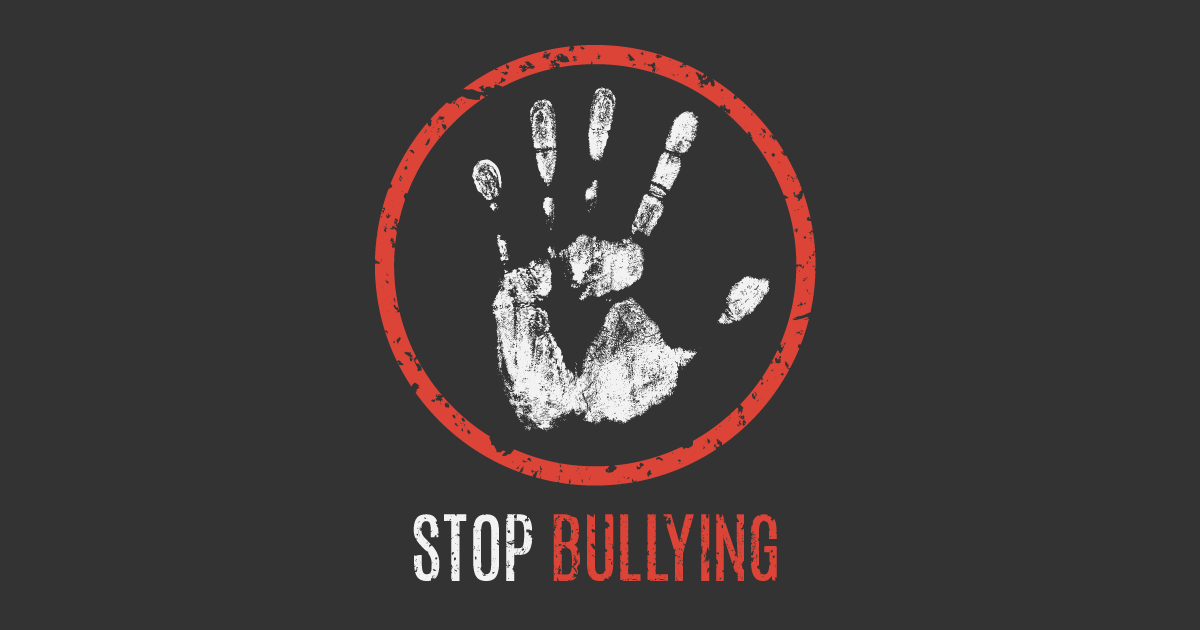
Building a collective identity to foster an anti-bullying culture
As part of a grassroots anti-bullying campaign for children of military families in schools in the United States, social movement participants used collective identity to promote anti-bullying messages. Collective identity activities taken by school staff, parents and community members to promote the message "Because Nice Matters" included:
- designing and using posters, artwork and t-shirts to publicize their communication messages
- selecting and using the colours black and purple to unify their campaign
- engaging staff and students in the initiative
- having local businesses wear t-shirts with anti-bullying messaging as a sign of community support (de Pedro et al., 2017).
Considerations for getting started
Collective identity cannot be created by one person alone or by individuals outside of the social movement. It must be developed and shaped by those involved in the social movement. To begin developing a collective identity, it can help to focus on the three core components of collective identity: the cognitive, social and emotional factors to belonging. It is also helpful to understand how collective identity can be expressed as cultural artifacts or materials.
Cognitive component
Social component
Emotional component
Navigating common problems
Here are two common problems you and your change team may experience, their rationale and suggested strategies to address them:
Limited understanding of the social movement tied only to its slogans or logos.
Although slogans or logos can be an effective “snapshot” of a social movement, everyone involved must understand the complex underlying and defining values, beliefs and history of the movement. Otherwise, supporters might fail to ground their identify in the social movement, resulting in fleeting or weak engagement.
Continue to remind and reinforce with those engaged in the social movement the underlying principles of the change initiative including the shared concern, desired change, vision and goals.
Overemphasis on tangible representations of collective identity.
A pin (or t-shirt or slogan) is just that – a pin. The powerful force of collective identity lies in the cognitive, social and emotional connections of the individuals engaged in the social movement.
Emphasize the cognitive, social and emotional ties of those engaged in the social movement. For strategies, see the section “Considerations for getting started”.
SOURCES: Bibby et al., 2009; Carson-Stevens et al. 2013; Grinspun and Bajnok, 2108; Herechuk et al., 2010.
Accelerate Your Success: The Knowledge-to-Action Framework’s “Identify the problem” action cycle phase highlights the importance of understanding the complexity of a problem or issue to support prioritizing actions for change to address the problem.
Similarly, understanding a shared concern in depth can help change agents and change teams clarify the goals and purpose of their individual and collective action and support the development of their collective identity.
Check your progress
- You have developed a collective identity reflecting the shared concern or desired change (Belmar et al., 2018; Grinspun, 2018; Serna-Restrepo et al., 2018).
- Visible social ties are emerging – change agents and others express their commitment to the change initiative and remain actively engaged in activities (Serna-Restrepo et al., 2018)
- The collective identity as expressed through tangible representations (for example, pins, t-shirt) is becoming increasingly more visible, garnering new attention and interest (Bajnok et al., 2018b; Serna-Restrepo et al., 2018).
- You have a collective identity that shifts or changes. This reflects its fluid nature and is a natural evolution of a collective identity and the meaning given by those involved in the change. (Bibby et al., 2009; Carson-Stevens et al. 2013).
Linking this key characteristic to other framework components
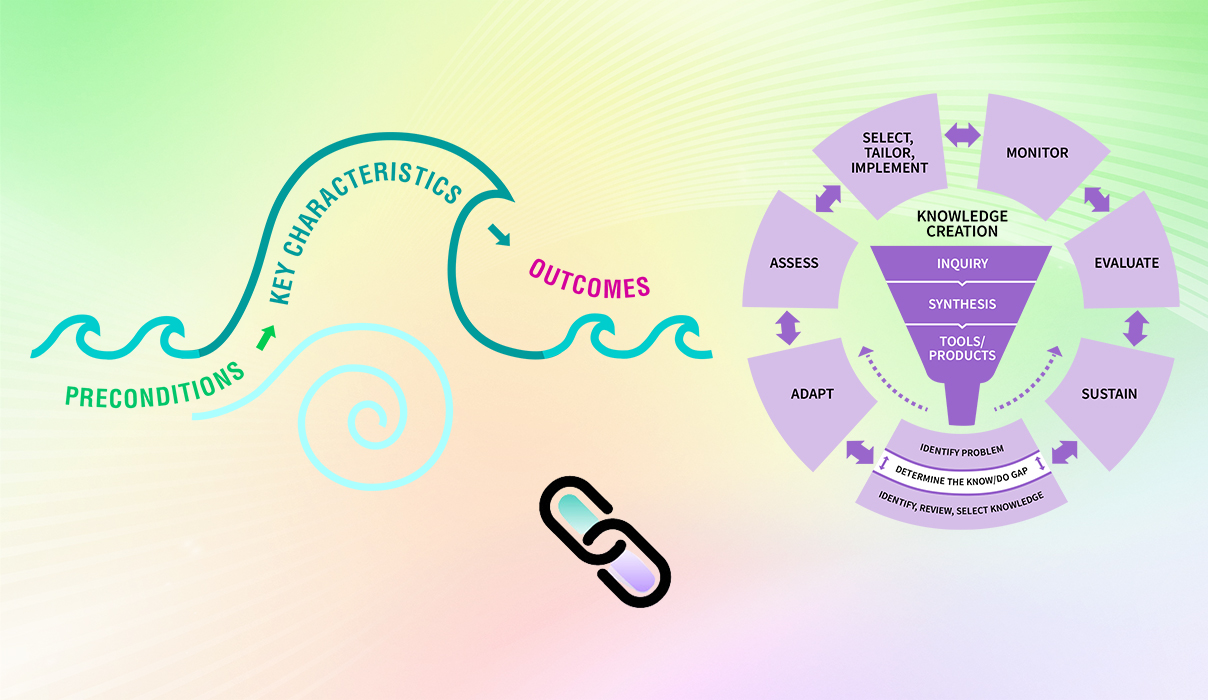
Linking this key characteristic to other elements of the Social Movement Action Framework:
Each of the elements of the Social Movement Action (SMA) Framework is dynamic and interrelated. For example, the bonds of solidarity that support the formation of a collective identity also support shared leadership as seen in the core leadership structures.
Collective identity is crucial to individual and collective action. Forming collective identity helps determine priorities for the social movement – the urgent need to take action – and outline its boundaries – what it is and is not about.
Linking this key characteristic to the action cycle phases of the Knowledge-to-Action Framework:
Your capacity in social movement actions can be enhanced or accelerated by adding in some of the action cycle phases of the Knowledge-to-Action (KTA) Framework. In addition to the linking example described above, there can be many other points of connection between the two frameworks. Here are two examples for you to consider:
- Identify the problem: This can help you and your change team determine the point of connection in relation to a shared concern. Focusing on this problem or shared concern helps foster a sense of solidarity and identity and cultivate a collective identity.
- Adapt knowledge to local context: Contexts in which individuals live and work can influence how they identify with the shared concern and their sense of belonging. Fostering equity and diversity helps make sure that the social movement creates an inclusive network comprised of committed individuals who develop a sense of “we-ness.” It is crucial to consider the backgrounds of change agents and the context in which they live and work.
- Assess barriers and facilitators: This phase of the KTA action cycle can help you and your change team identify factors that can nurture the collective identity of the group and factors that may impede collective identity from fully developing. Tangible reminders of the social movement – for example, logos, pins and other branded accessories – work as facilitators because they can increase a sense of belongingness and identity.
For more discussion about the dynamic links between the elements of the SMA Framework to one another and to the KTA Framework, see the section "Two complementary frameworks".
